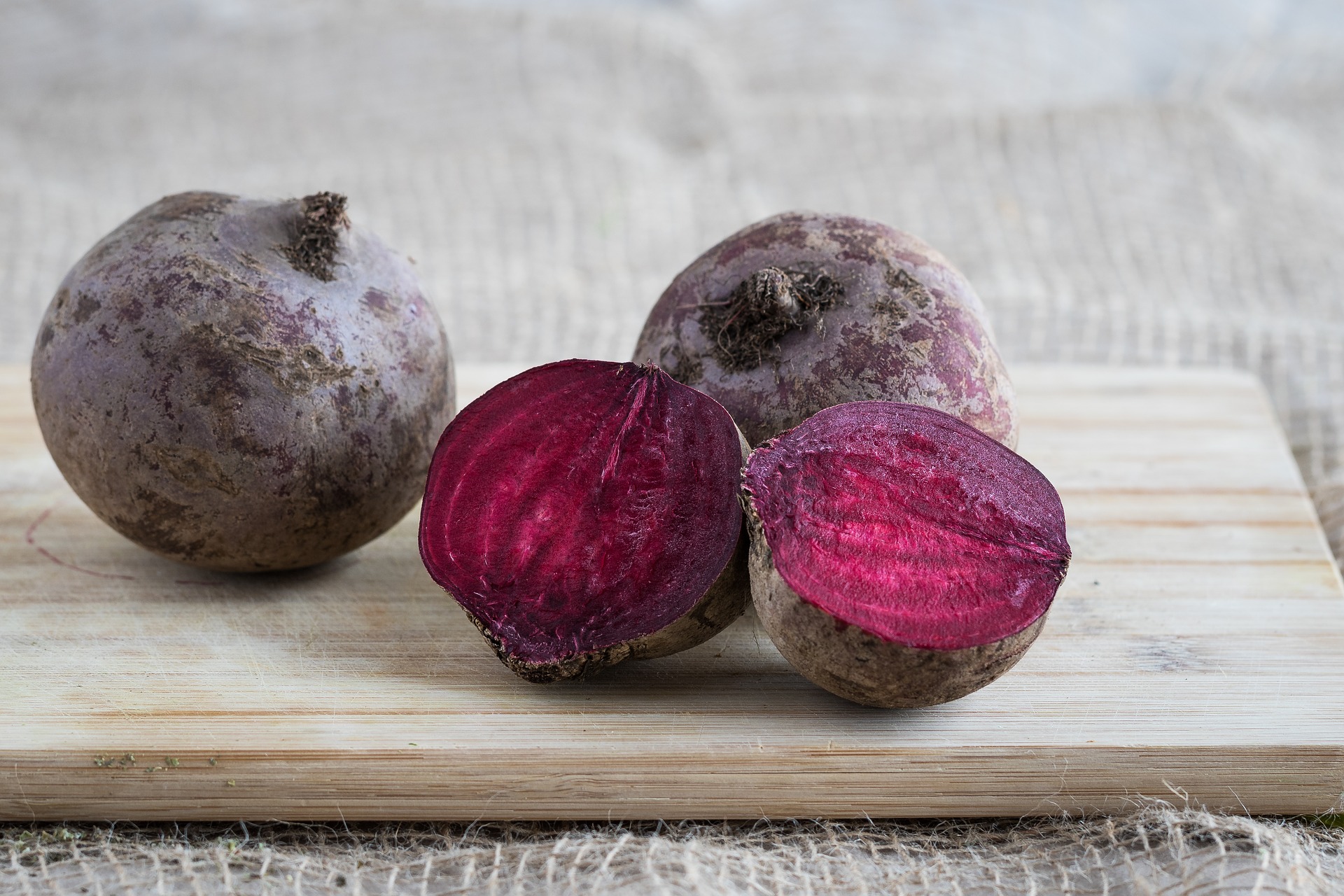Beet baby food puree
/Ages: 8 months+ Technique: Roasting. Check out our cooking guide to learn which other vegetables require this method of cooking.
Turn it into: ROASTED BEET HUMMUS! Get our recipe for beet hummus here.
If you're brave enough to handle the cleanup (hint: feed them this before bath time) and are cool with purple poop (yep, beets will discolor their urine and stool), beets are a delicious and healthy food for baby! Learn more about beets here.
ROASTED BEET PUREE makes 10 ounces Directions: Preheat oven to 375 degrees. Wash your hands well with soap and water. Slice off the beet leaves, leaving nothing but the bulbs. Rinse three medium beets under running water and pat dry. Coat beets lightly with oil. Wrap beets in aluminum foil, place on a baking sheet, and roast in the oven until cooked through, approximately 45 minutes. You will know they are done if the beet is easily pierced with a fork. Let cool, then unwrap from the foil, and use your fingers or a vegetable peeler to peel off the beet skin. Chop beets into quarters. Add beets to a food processor and puree until completely smooth, pausing to scrape down the sides of the bowl as needed. You may need to add water, 1 tablespoon at a time, until beets reach a smooth thick consistency.
Storage instructions: Store beet puree in the refrigerator for a maximum of three days or freeze in individual servings for up to three months. Do not refreeze defrosted food.








 .
.